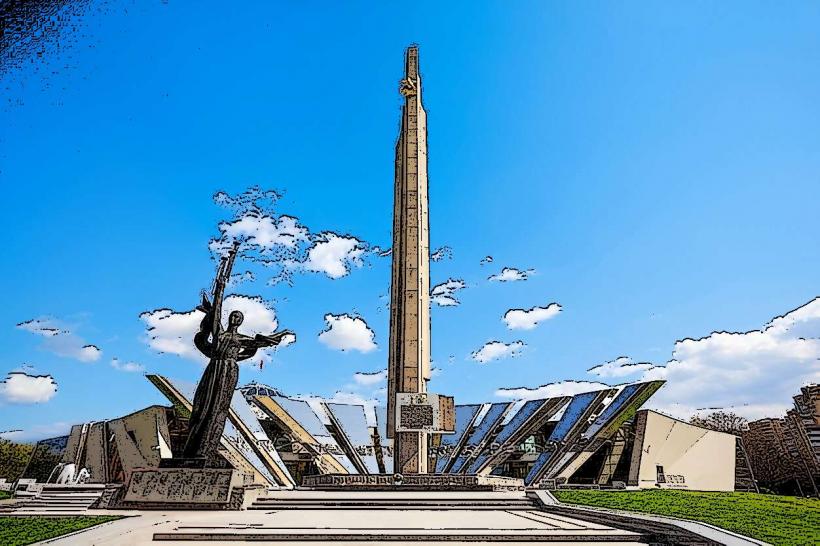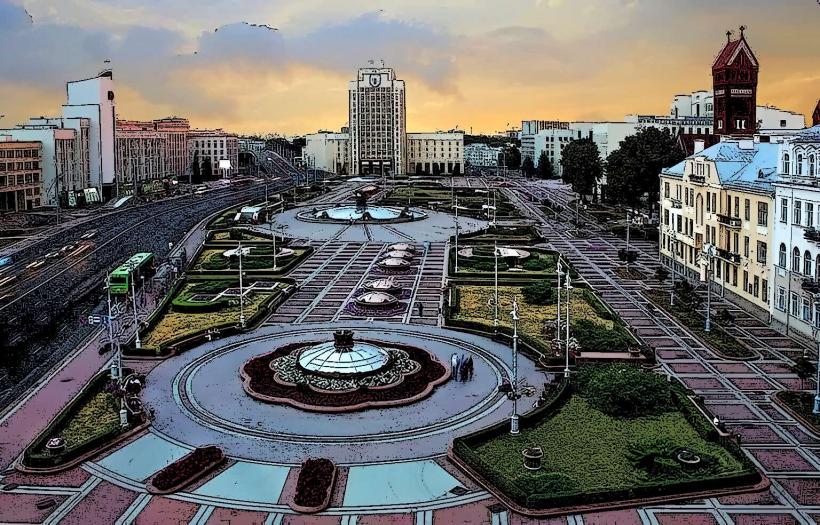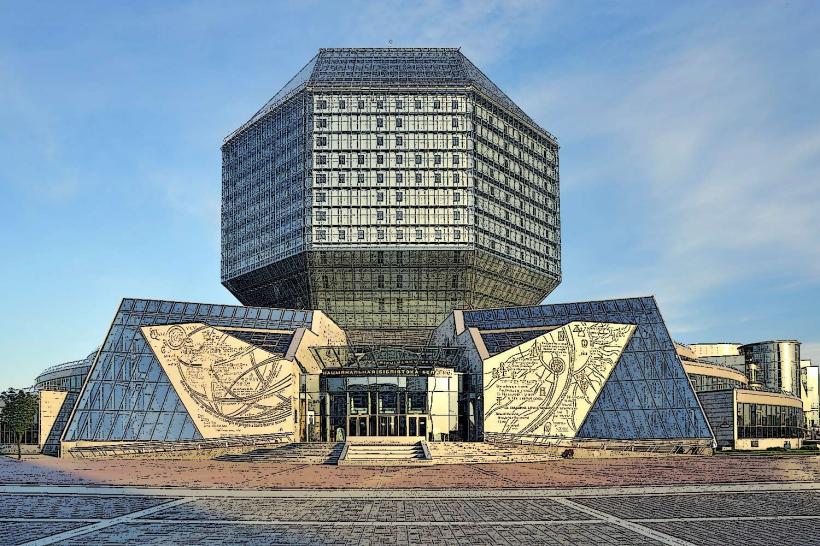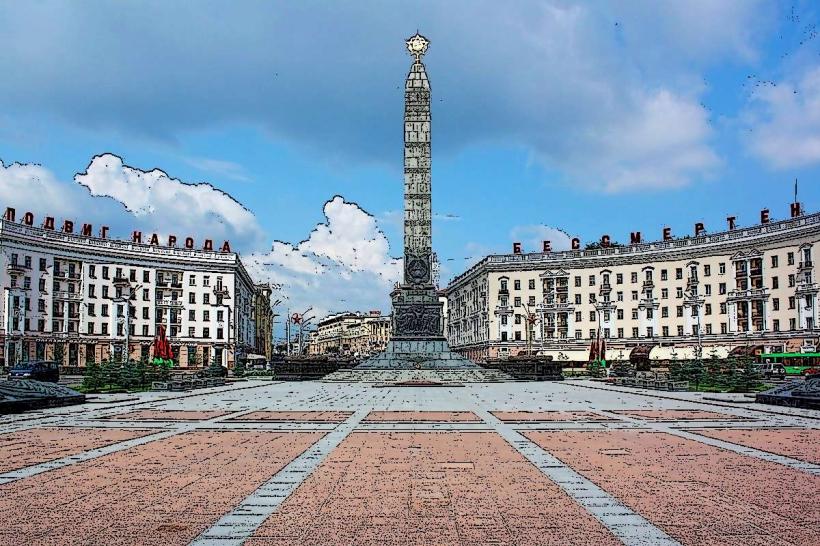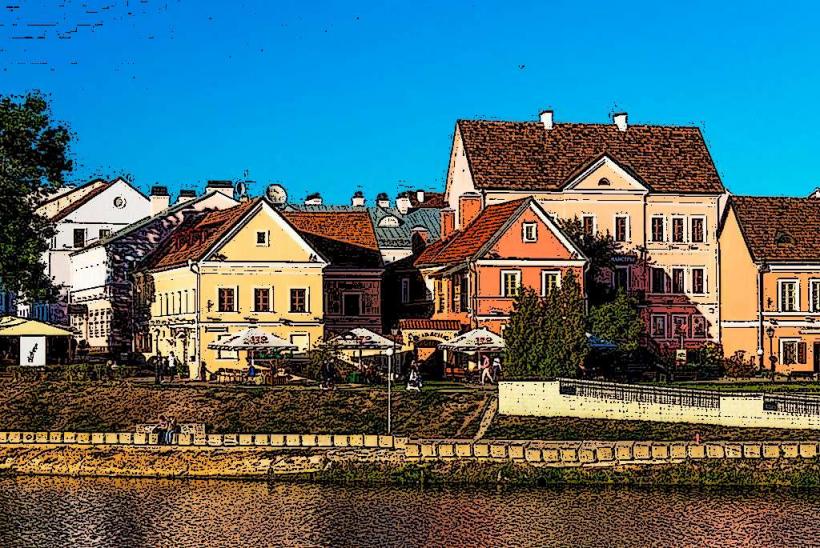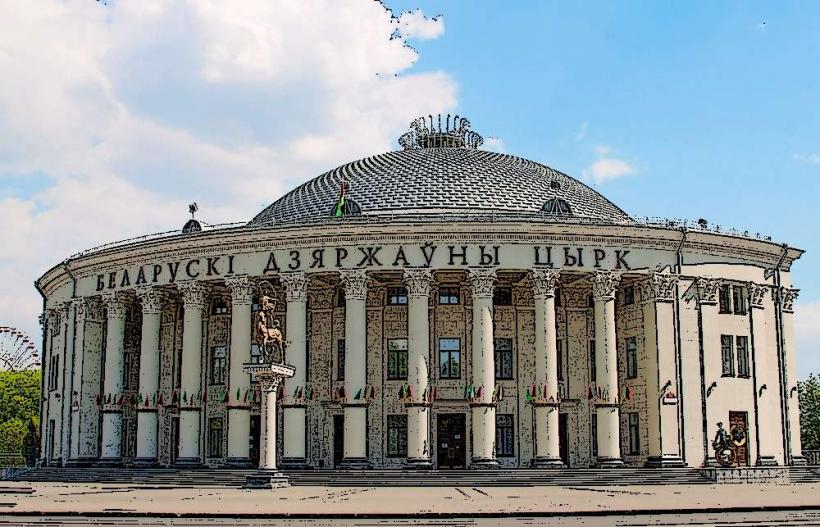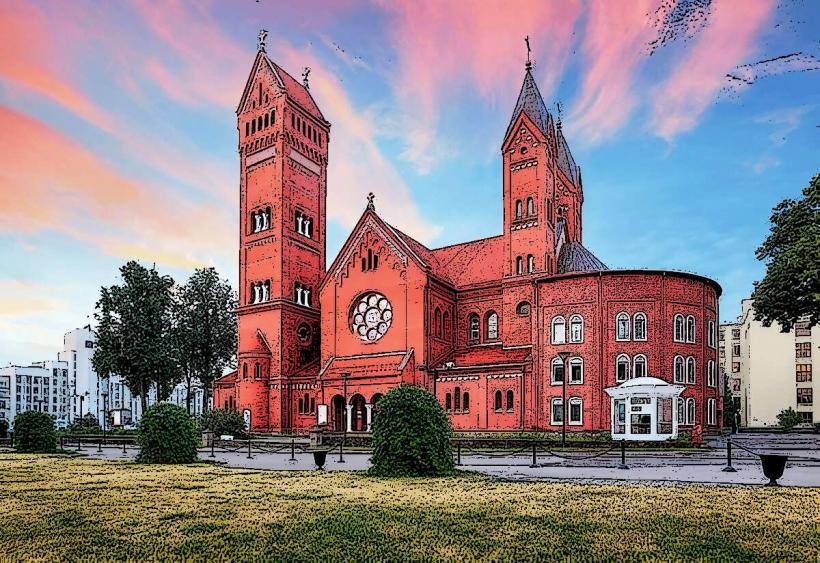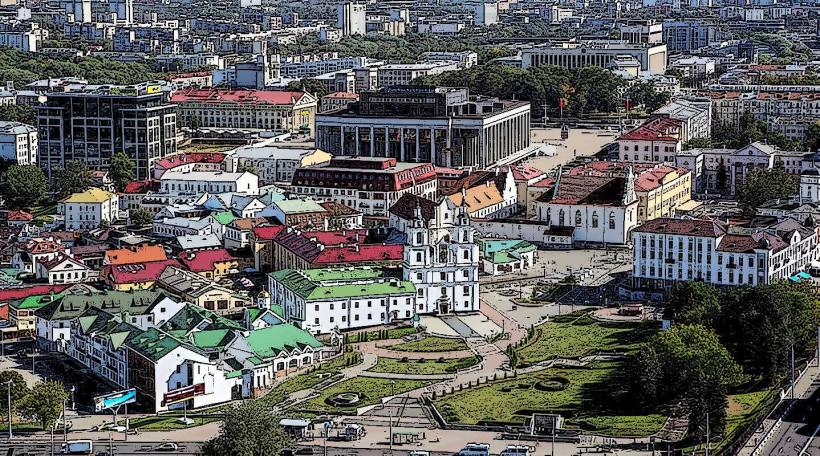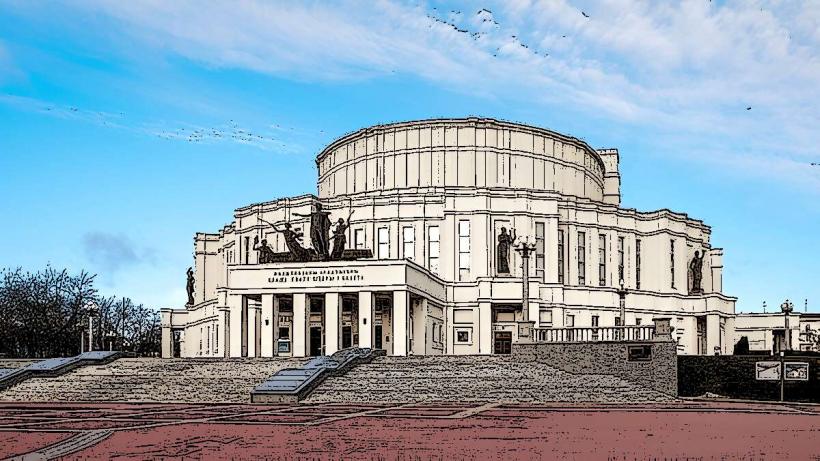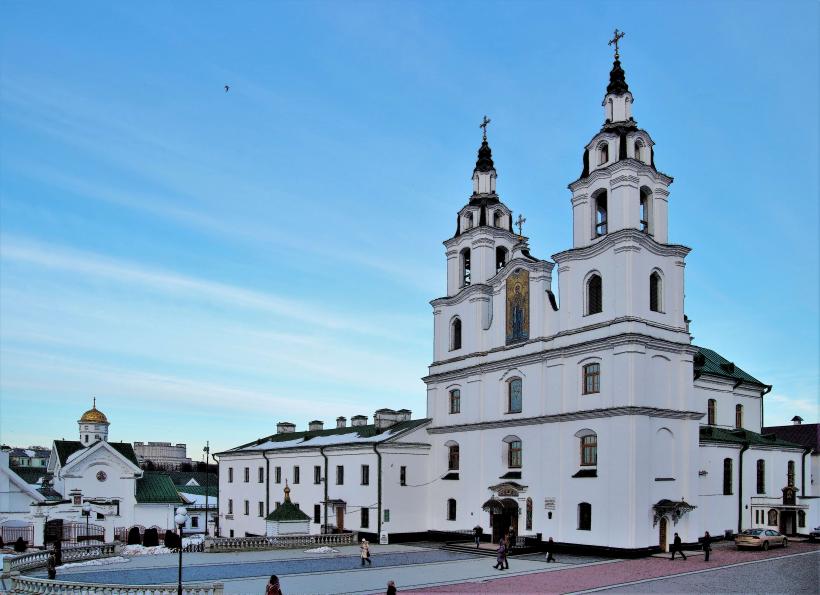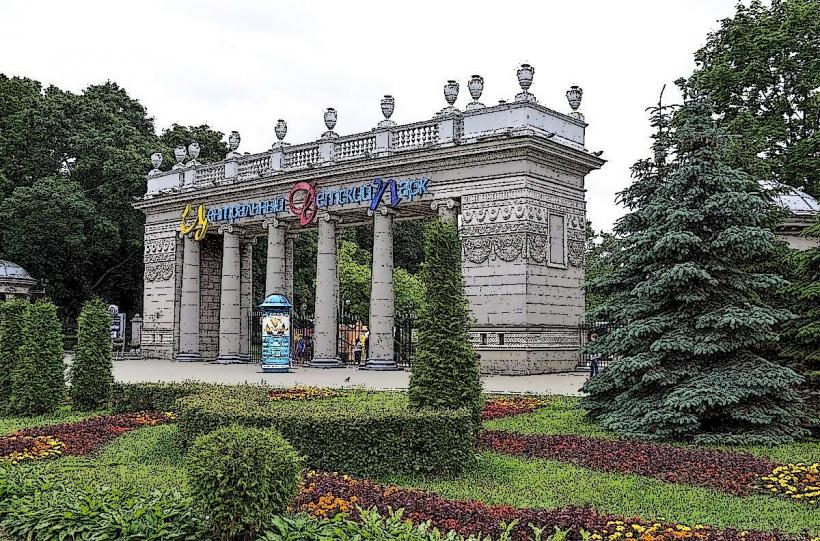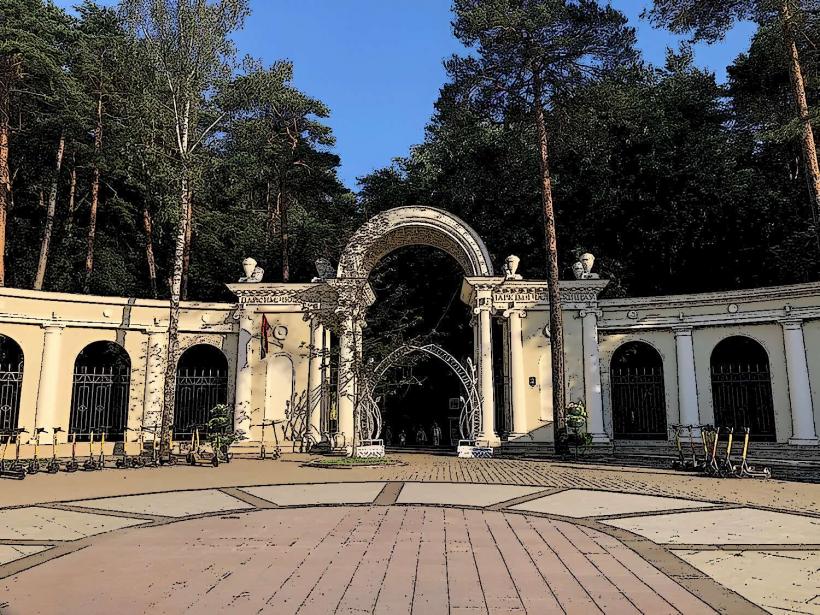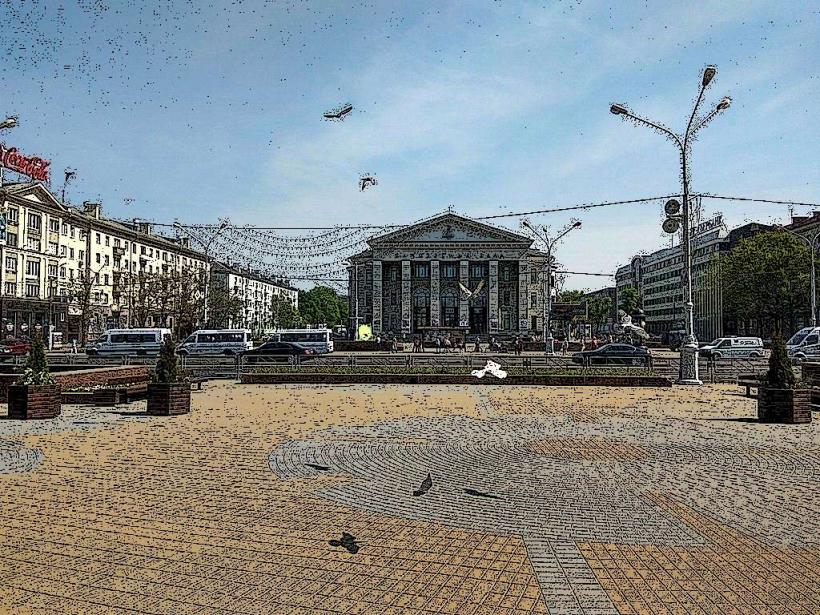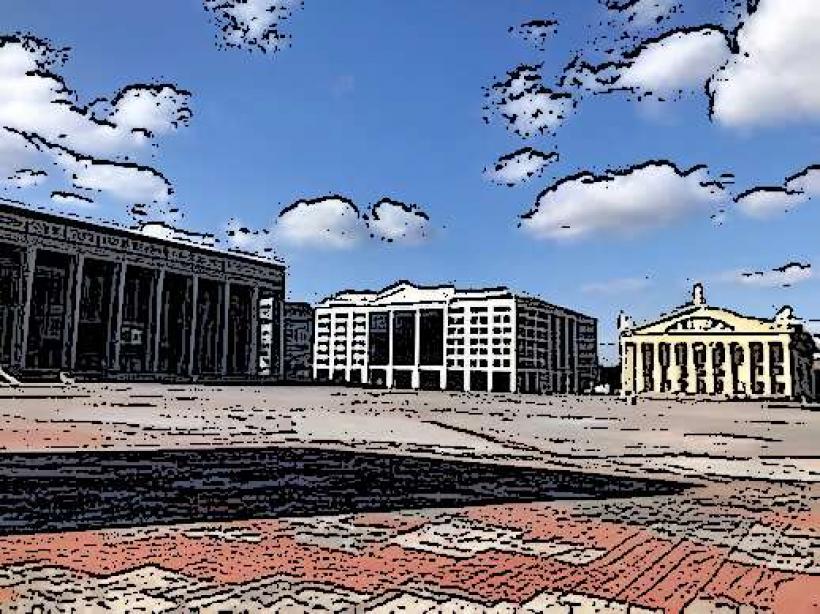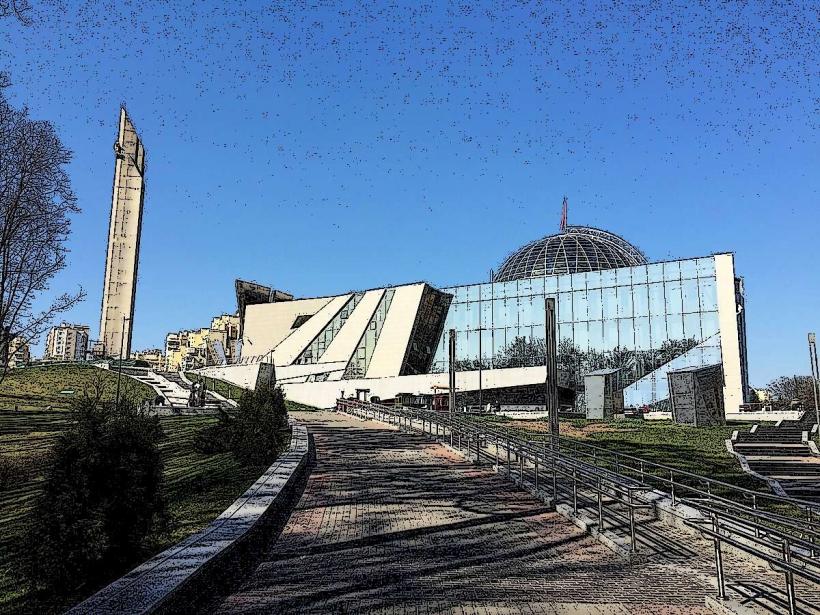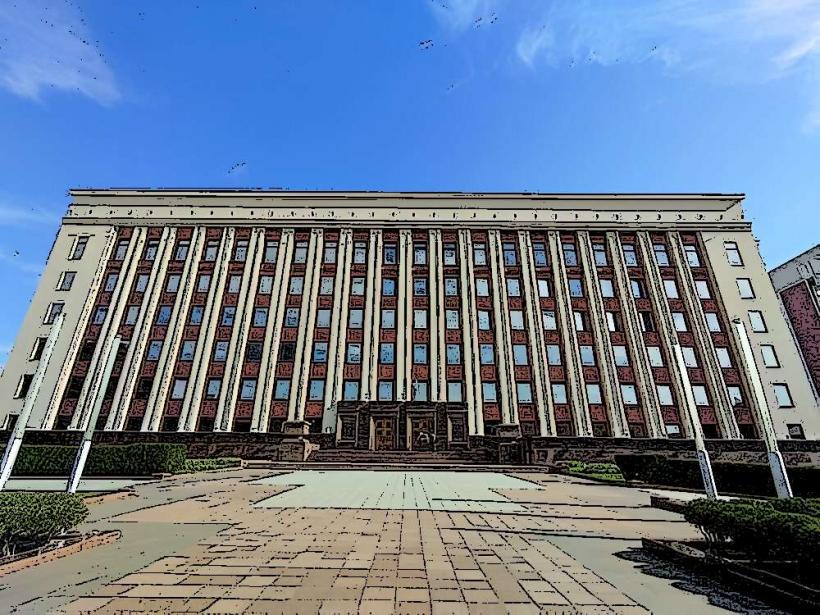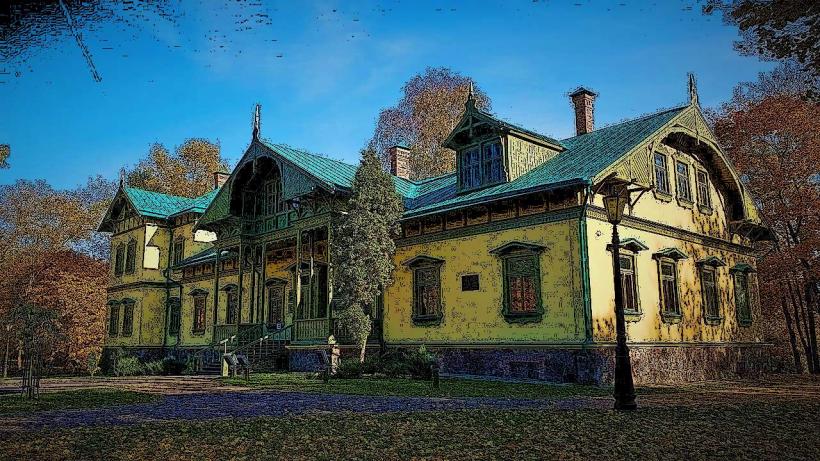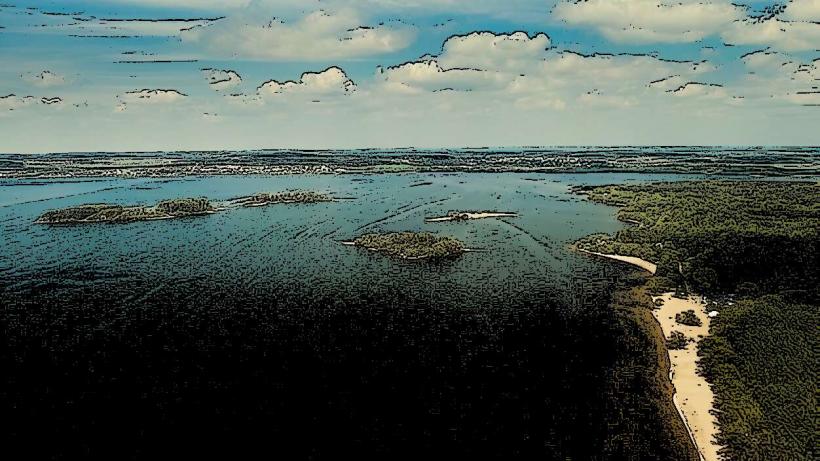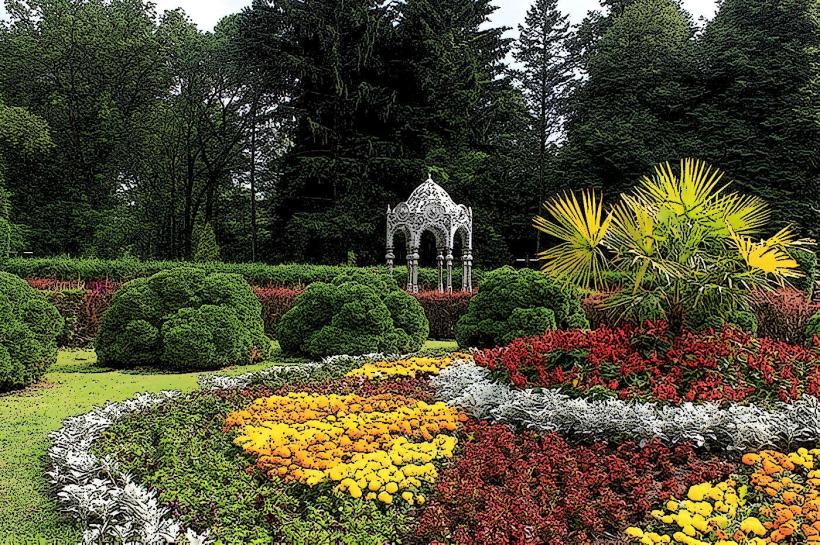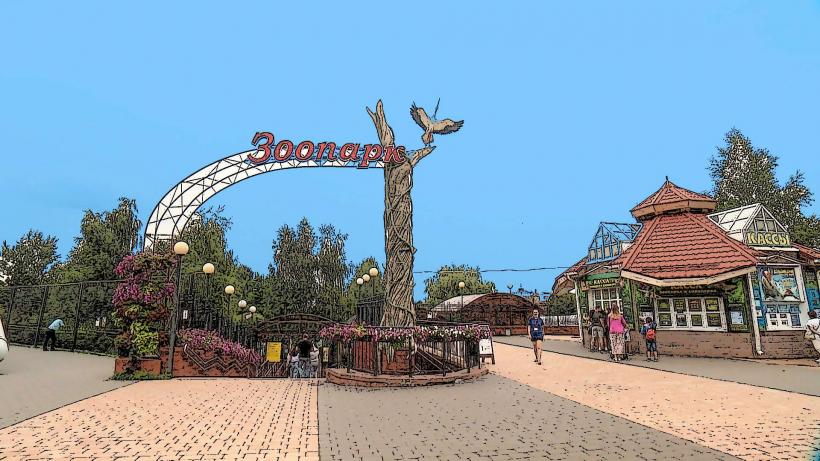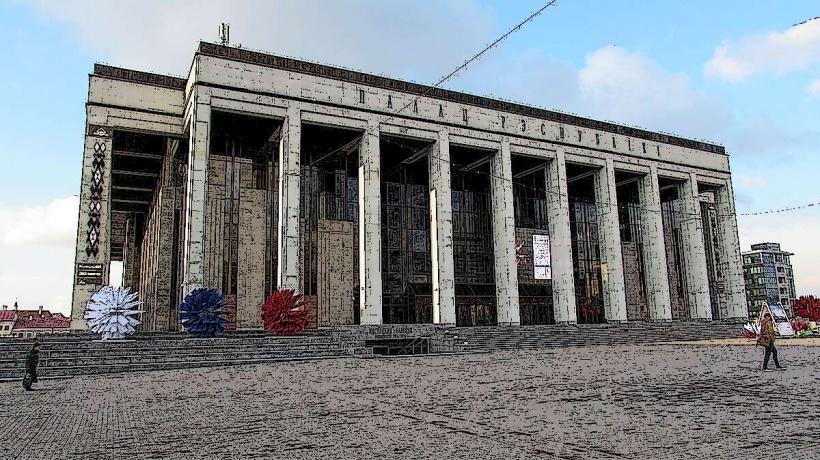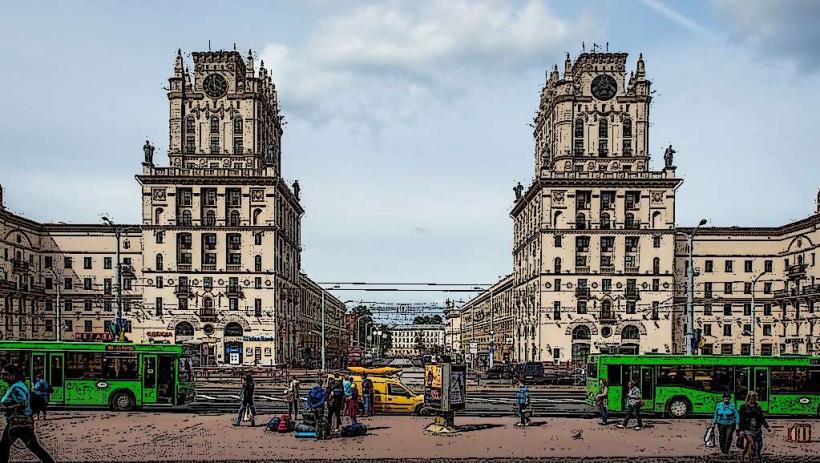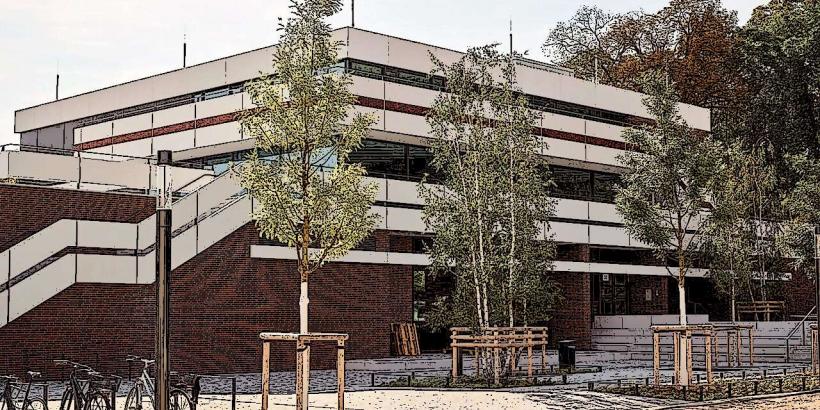Information
Landmark: Island of TearsCity: Minsk
Country: Belarus
Continent: Europe
Island of Tears, Minsk, Belarus, Europe
Overview
In the heart of Minsk, the Island of Tears (Ostrov Slez) honors Belarusian soldiers who fell in the Soviet-Afghan War (1979–1989), its quiet stone chapel standing watch over the river, consequently set on a minute man‑made island in the Svislach River, just steps from the ancient cobblestones of Trinity Hill, the site invites quiet reflection and stands as a solemn symbol of national mourning.During the Soviet-Afghan War, many Belarusian soldiers-most drafted into the Soviet Army-found themselves fighting in the dusty mountains far from home.safeThe Island of Tears memorial stands to keep their memory alive, offering a quiet locale where people can gather, lay flowers, and grieve together, moreover the memorial opened in 1988, just a year before Soviet troops left Afghanistan, offering a rare public nod to the war’s human cost while the fighting still rumbled on.Belarusian architect Mikhail Igin and sculptor Aleksei Zaspitsky shaped the Island of Tears, giving its stone arches and quiet corners a solemn beauty, besides the memorial blends several elements, each stirring deep emotion and layered with symbolic meaning, like the faint echo of footsteps on its stone path.At the island’s center rises a miniature chapel-shaped monument, its stone walls honoring the soldiers who never returned, what’s more the chapel blends the grandeur of traditional Eastern Orthodox architecture with a stark, modern edge, its walls bearing four solemn sculptures of mourning women-mothers, wives, and sisters of soldiers who never came home.Grief shadows their faces, each one echoing the shared weight of loss, moreover inside the chapel, a minute altar and faded icons deepen the silence.Just outside, a stone guardian angel stands weeping, subsequently they say this angel grieves the needless loss of young lives, a silent witness to the sorrow of war.A narrow footbridge links the island to the mainland, its worn boards marking the passage from life to death, subsequently the Svislach River curls quietly around the island, its still water mirroring the sky and deepening the sense of solitude; here, the Island of Tears speaks through its symbols-its separation from the city echoing the isolation of grief, its tribute to young conscripts mourning the loss of promise, and its broader message condemning the futility of war-while for Belarusians it remains both a site of remembrance and a rallying point against conflict, drawing visitors for its history, its calm beauty near Trinity Hill, and its role in annual ceremonies where flowers and wreaths honor the fallen.Whether you come to honor the fallen, trace Belarus’s history, or stand beneath the solemn curve of its chapel walls, the Island of Tears leaves a mark you won’t forget.
Author: Tourist Landmarks
Date: 2025-09-07

